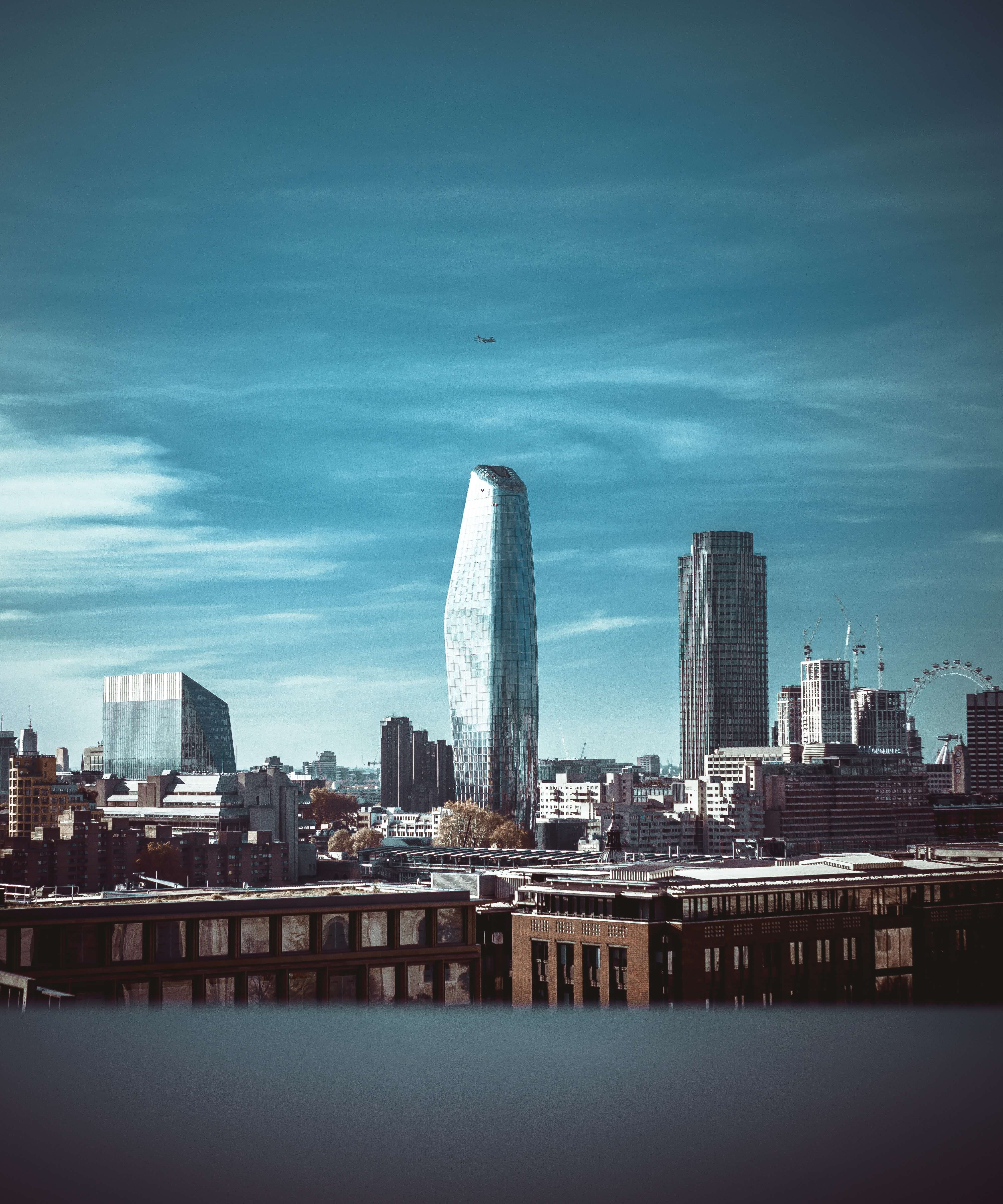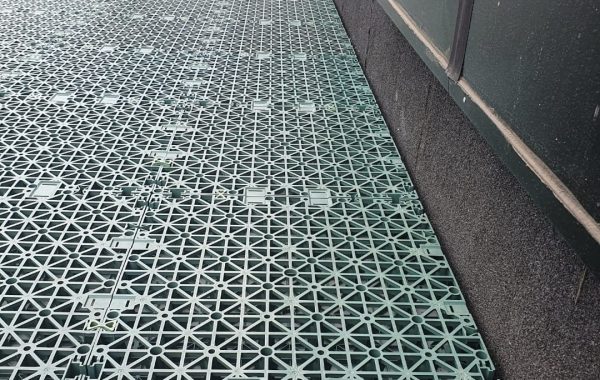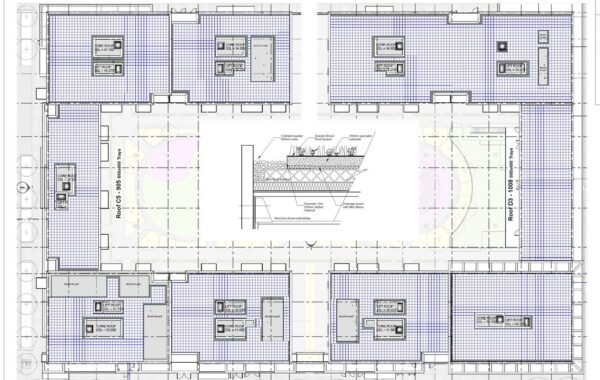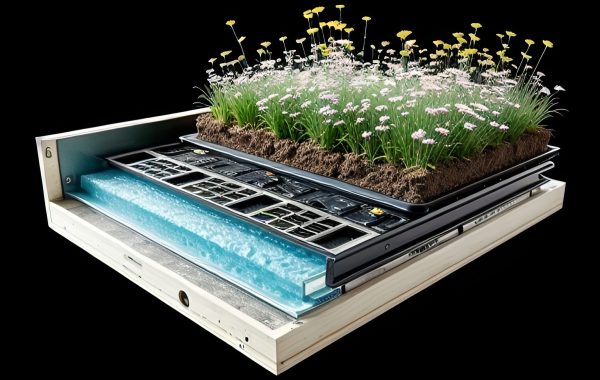Cities around the world are facing increasingly complex challenges, from rapid population growth to the effects of climate change. These challenges demand innovative solutions that go beyond traditional urban planning. One such solution that is redefining urban resilience is the integration of Blue Roofs. These forward-thinking systems not only mitigate flooding but also enhance a city’s ability to adapt to the changing climate, creating a path toward a more sustainable future.
The Urban Resilience Challenge
As urbanization continues to accelerate, cities are grappling with issues like increased flood risk, water scarcity, and rising temperatures. Building resilience to these challenges is essential for the well-being of urban populations.
What Are Blue Roofs?
Blue Roofs are engineered systems designed to temporarily store rainwater during heavy storms. Unlike conventional roofs that rapidly shed rainwater, Blue Roofs capture and manage it, releasing it slowly into drainage systems or for reuse.
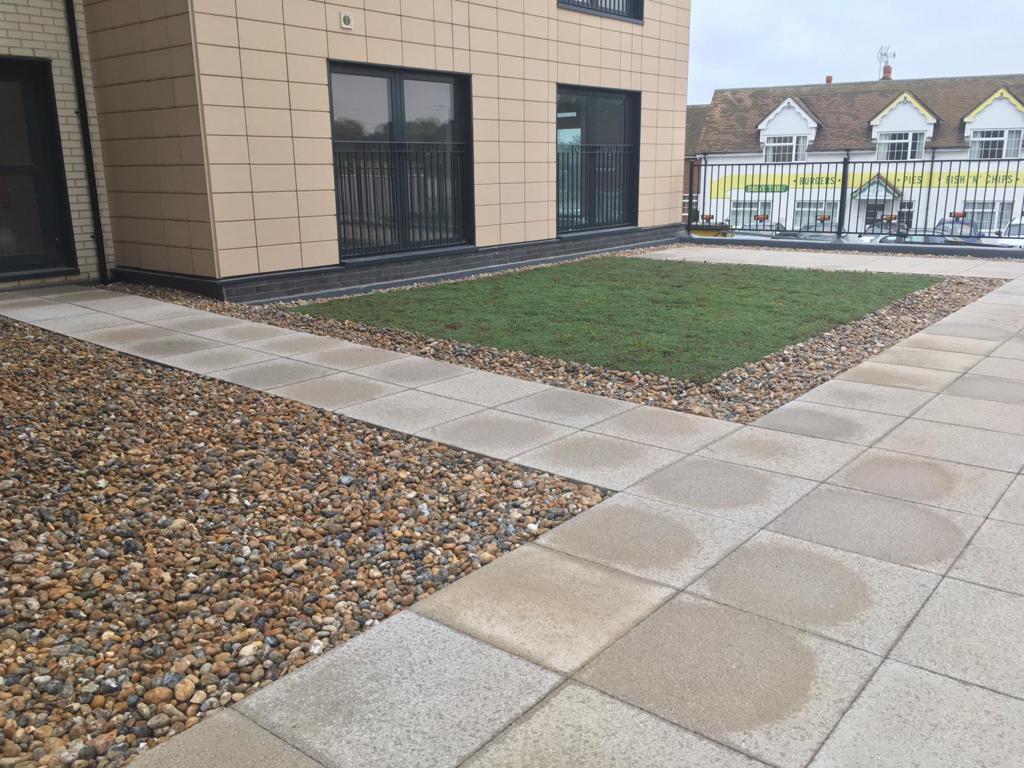
Blue Roofs can be seamlessly integrated into roof designs
Redefining Urban Resilience
Blue Roofs play a crucial role in redefining urban resilience by addressing multiple challenges simultaneously
Flood Mitigation
By capturing and managing rainwater, Blue Roofs reduce the risk of flooding during intense rainfall events.
Climate Adaptation
As climate patterns shift, Blue Roofs contribute to a city’s ability to adapt by preventing flood damage and reducing strain on drainage systems.
Water Conservation
Harvested rainwater can be used for non-potable purposes, conserving valuable freshwater resources.
Green Building Practices
Integrating Blue Roofs into urban development aligns with sustainable and eco-friendly building practices.
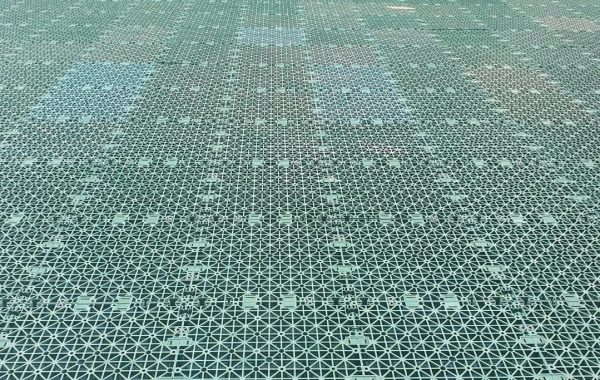
Benefits of Urban Resilience through Blue Roofs
Reduced Flooding
Blue Roofs significantly reduce the risk of localised flooding, protecting both infrastructure and communities.
Improved Water Management
By capturing and controlling rainwater, Blue Roofs help prevent water pollution and contribute to better water management.
Sustainable Landscaping
Harvested rainwater can be used for landscaping and irrigation, promoting green spaces within the city.
Long-Term Savings
Blue Roofs can lead to cost savings on water bills and potential flood damage repairs.
Integration with Green Infrastructure
The synergy between Blue Roofs and green infrastructure, such as parks and gardens, can create a holistic approach to urban resilience.
Community Engagement
Educating the community about the benefits of Blue Roofs and involving them in sustainable practices is crucial for the success of urban resilience initiatives.
Urban resilience is no longer solely about reacting to crises; it’s about proactively preparing cities for the challenges of the future. Blue Roofs are a tangible and effective way to redefine urban resilience by mitigating flood risks, conserving water, and promoting sustainable practices. As cities continue to grow and evolve, embracing Blue Roofs is a promising step toward a more sustainable and resilient urban future.
*In the face of urbanisation and climate change, Blue Roofs are more than infrastructure; they represent a commitment to building cities that are both resilient and sustainable.*


